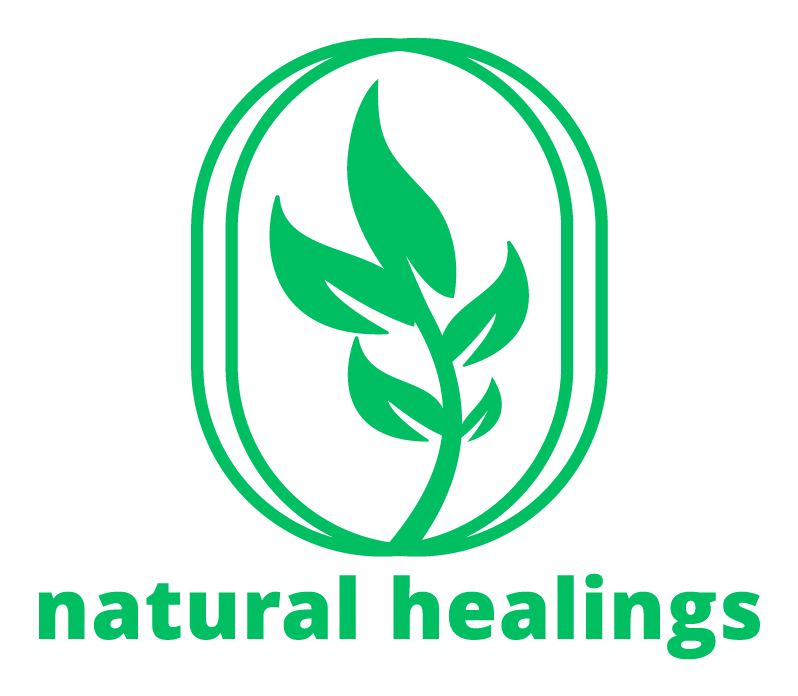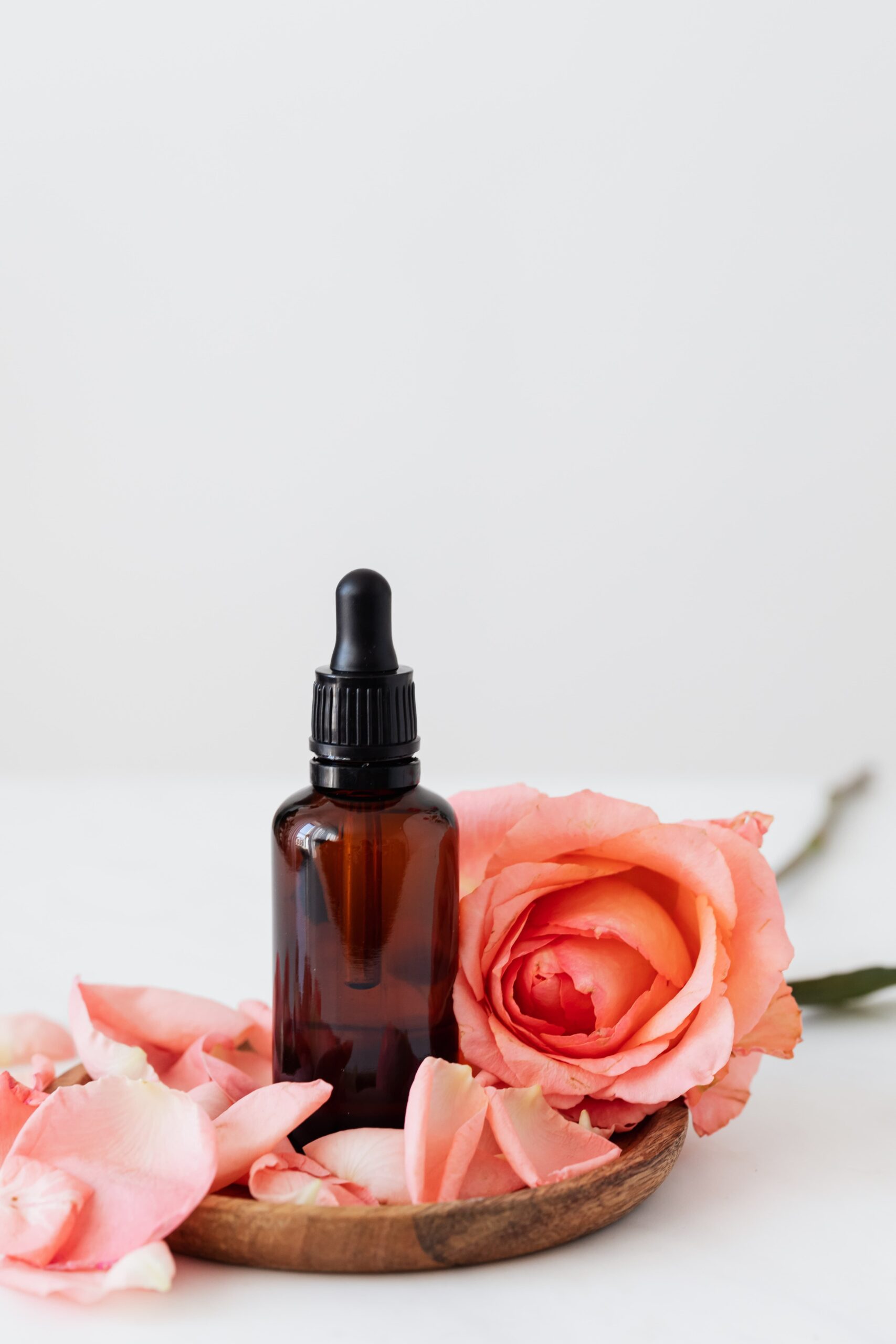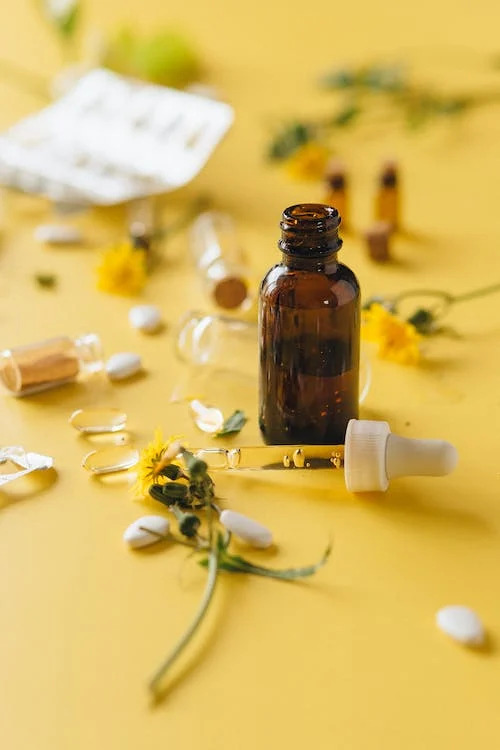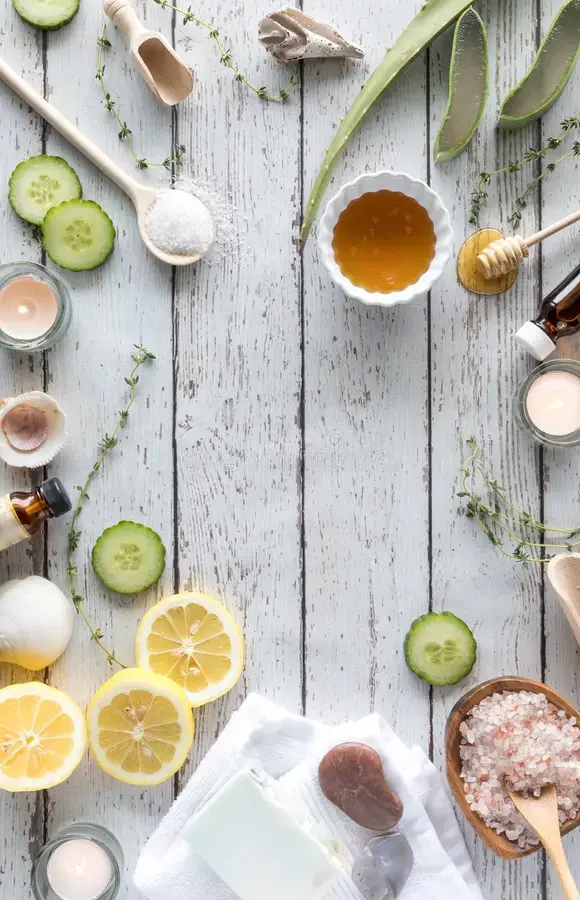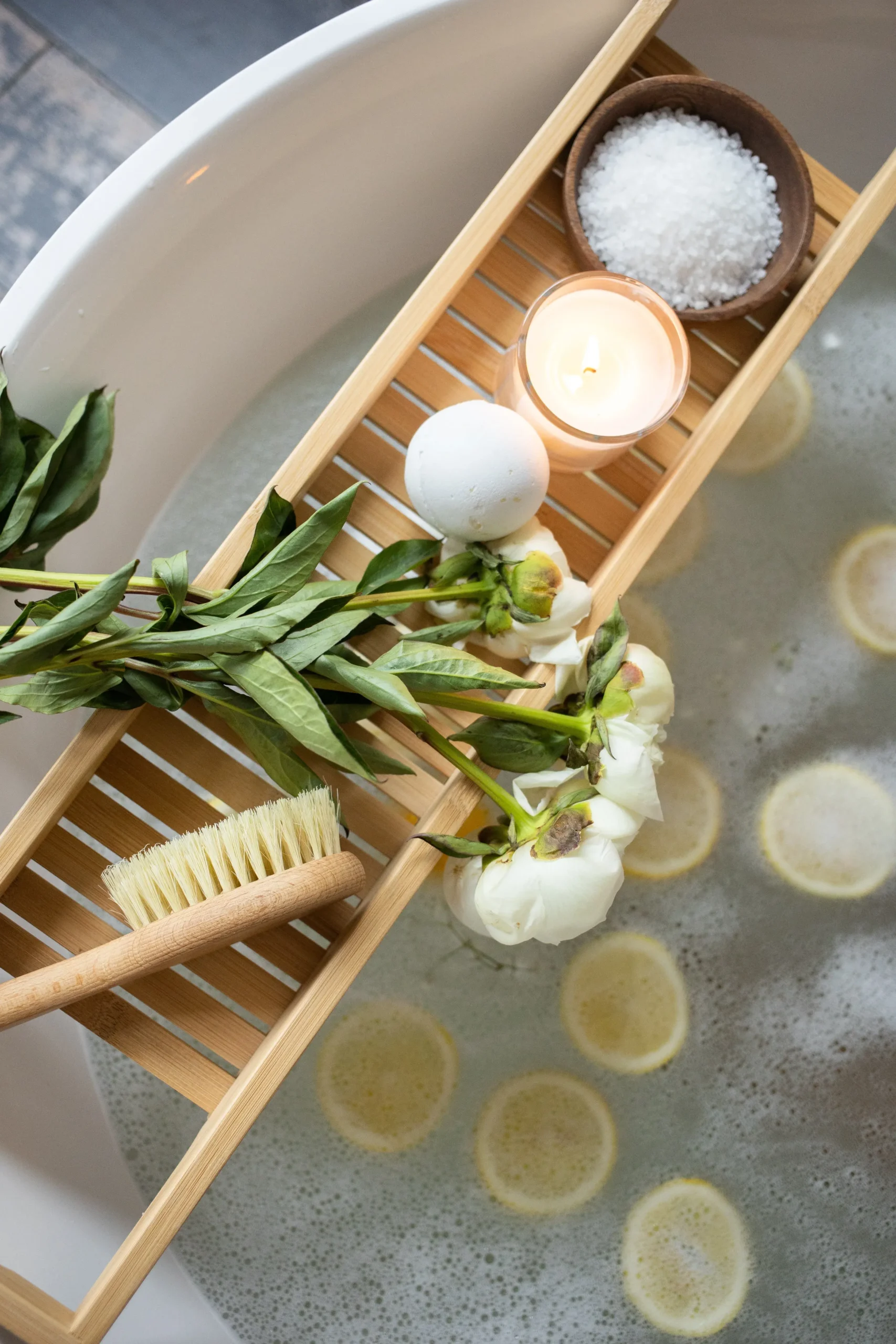chamomile
Matricaria recutita
An essential natural first-aid remedy in home health care, has been one of the most popular medicinal plants for cen the two major forms of the herb—German and Roman— chamomile is the one most often used in the chamomile turies. Of United States.
chamomile
Matricaria recutita
🙤 Plant Facts: Chamomile, a member of the daisy Jamily, bas thin, tapering roots and can grow up to 20 inches tall. This annual plant exudes a distinctive, strongly aromatic scent, and the [flower has a slightly bitter taste.
🙤 Origin
Native to the Near East and to southern and eastern Europe, chamomile today grows throughout Asia, Europe, Australia, Africa and North and South America. The yellow and-white flower is a common sight in meadows, alpine valleys, vacant lots and home gardens.
🙤 Parts used
Only the flower heads are used for tea. The flowering tops (the flower plus 2-3 inches of the stem) are used medicinally
🙤 Components
Chamomile contains a volatile oil consisting of chamazulene and bisaboloids. Other ingredients include flavonoids (which have antispasmodic actions), mucilage (a gelatinous substance),
bitters, coumarins, choline, sulfur and calcium.
🙤 Indications
Chamomile is valued for its calming, anti inflammatory, antispasmodic and gas-relieving properties. Internally, it relieves flatulence, stomachaches, intestinal cramps and menstrual pains and promotes the healing of pepticulcers. In addition, chamomile helps combatinsomnia, as well as allay nerve pain, such as that caused by facial neuralgia. Applied externally as a compress or oil, it nourishes the skin.
Extra Tip
During hot summer months, . when you may not want to drink a warm beverage, opt for chamomile ice cubes. Prepare the tea as usual, and freeze the liquid in ice-cube trays. These chamomile ice cubes will not only relieve stomach discomfort, but will cool you down.

Useful in the treatment of minor skin wounds and burns
✽ Methods of Administration ✽
♦ Tea
Pour 1 cup of hot water over 2 tsp. of dried flowers. Cover the cup to retain the volatile oil. Steep for 10 min.; strain. Sip 2-3 cups of the tea every day. Chamomile tea can also be used as a gargle.
♦ oil
Mix 1 of dried and crushed flowers with 1 pt. of olive oil. Expose it to the Store the mixture in a dark bottle. Rub it on the skin or lips to relieve chapping.
♦ Tincture
This alcoholic extract has potent healing properties. Ready-made tinctures are available in health-food – stores and can be use din hot compresses, baths and aromatherapy.
♦ Powder
Crush dry chamomile flowers finely in a mortar. Take a scant 1 tsp. of the powder 3 times a day with meals.
♦ Homeopathy
The homeopathic remedy, called Chamomilla, can be used to treat acute pains Try a 12x or 30C strength.
♦ Wine
Let 1/2 oz. of dried, crushed flowers steep in 1 gt. of dry white wine for 10 days strain, Drink a small glass each day as a digestive aid.
Extra Tip
During hot summer months, . when you may not want to drink a warm beverage, opt for chamomile ice cubes. Prepare the tea as usual, and freeze the liquid in ice-cube trays. These chamomile ice cubes will not only relieve stomach discomfort, but will cool you down.
